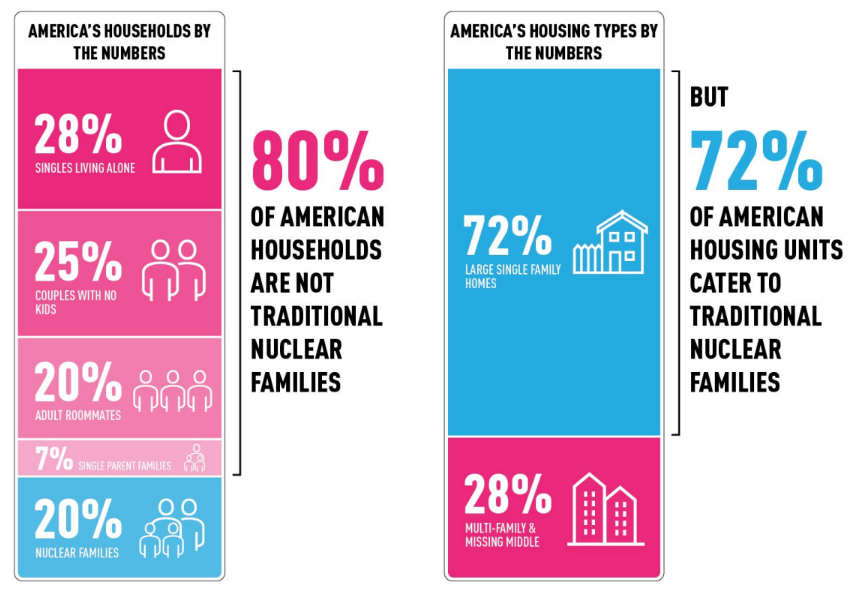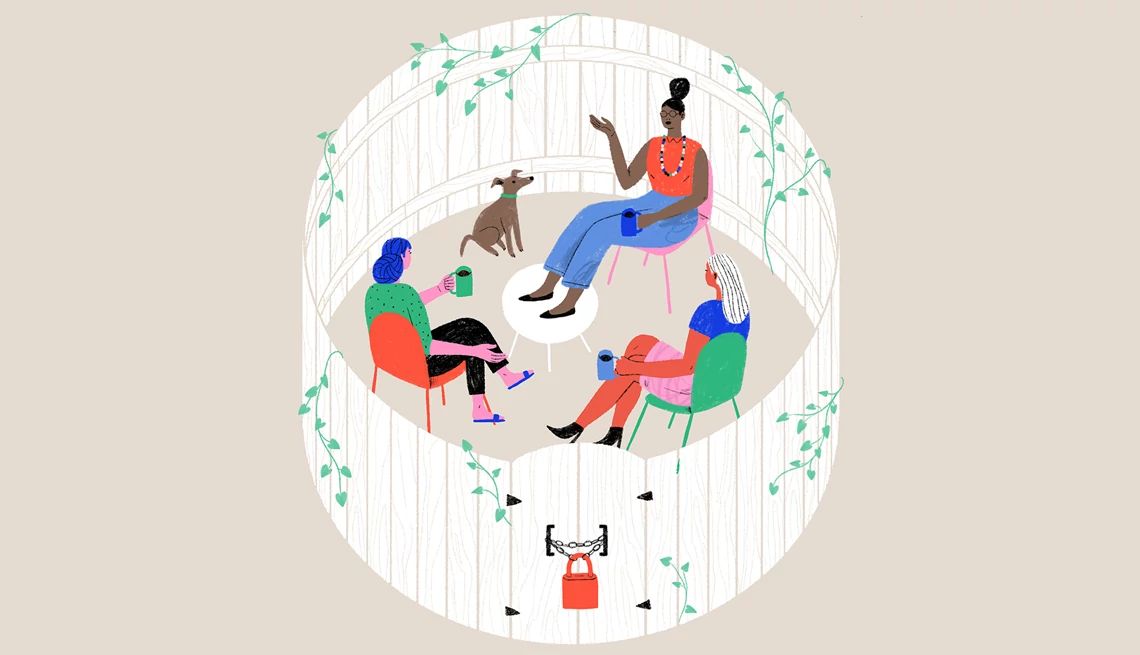AARP Hearing Center

The United States is undergoing significant demographic changes that are reshaping the housing landscape. AARP’s publication, “Making Room: Housing for a Changing America,” highlights these shifts and the resulting need for diverse housing options.
Let's explore the key demographic trends and their implications for housing in the US.
Changing Household Structures
One of the most notable demographic shifts is the change in household structures. Traditional nuclear families, once the dominant household type, now represent only 20% of American households. In contrast, adults living alone account for nearly 30% of households.
This shift necessitates a broader range of housing options to accommodate different living arrangements.
Aging Population
The aging population is another critical factor influencing housing needs. By 2030, one in five Americans will be 65 or older. By 2035, older adults are projected to outnumber children for the first time in US history.
This aging demographic requires housing that supports aging in place, with features such as single-story layouts, accessible design, and proximity to healthcare and community services.
Multigenerational Living
Multigenerational living is becoming more common as families seek to support aging parents and adult children under one roof. This trend is driven by economic factors, cultural preferences, and the desire for mutual support.
Homes designed for multigenerational living often include separate living spaces, additional bedrooms, and flexible layouts to accommodate different family members’ needs.
Urbanization and Smaller Households
Urbanization continues to shape housing demand, with more people moving to cities for job opportunities and lifestyle preferences. Urban areas often have higher concentrations of smaller households, including singles and couples without children.
This trend increases the demand for smaller, more affordable housing units, such as apartments, condos, and micro-units.
Challenges Created Over Time
For context, let’s examine two periods in time. In 1950, the average square footage of a single-family home was 983 square feet and typically housed 3.8 people according to the AARP publication, ‘The ABCs of ADUs.”
Contrast this with 2017 where the typical single-family home grows to 2,571 square feet for 2.5 people. That’s a three and a half times increase in living space per person.
What Does this Look Like in Wisconsin?
Wisconsin is not immune to the broader trends. In fact, in Wisconsin, a significant portion of larger homes, such as those with 3 or 4 bedrooms, are indeed occupied by smaller households. According to recent data, approximately 36% of 3-bedroom homes and 28% of 4-bedroom homes are occupied by 1 or 2 person households.
This trend reflects broader demographic shifts, including an increase in sole-person households and smaller family sizes.
This is why building homes of different sizes is so important. There is a big mismatch.
Policy and Community Support
Addressing the housing needs of a changing America requires supportive policies and community initiatives. Local governments can play a crucial role by updating zoning laws, providing incentives for diverse housing developments, and investing in infrastructure that supports aging in place and multigenerational living.
Community organizations can also advocate for inclusive housing policies and provide resources for residents seeking alternative housing options.
Conclusion
The demographic shifts in the US are transforming housing needs in profound ways. As the population ages, household structures diversify, and urbanization continues, the demand for a wider range of housing options will only grow. AARP’s “Making Room: Housing for a Changing America” highlights the importance of innovative, adaptable, and inclusive housing solutions to meet the needs of a changing population.
By embracing these solutions, communities can create more livable, supportive environments for people of all ages and backgrounds.
Image above provided by: Kronberg Urbanists + Architects, Atlanta, GA































































